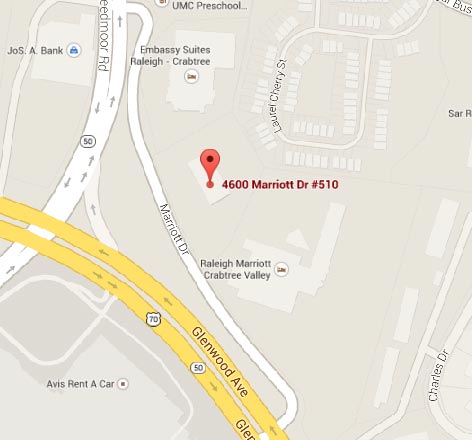A seemingly endless supply of statistics and reports chronicle the skills gap employers face and the higher bar graduates must meet to be successful in an economy where technological advances are accelerating exponentially.
- More than half of CEOs polled by Business Roundtable and Change the Equation indicate skills shortages are a significant problem for their company (Fall 2014).
- Less than half of students nationally feel they’re ready for college and careers, according to a YouthTruth analysis (July 2015).
- The Committee for Economic Development reported that its members found critical thinking skills and problem-solving skills are among the top essential skills required and the hardest to hire (Fall 2015).
- Add to this list oral communications skills, writing, customer service and organizational skills, and you see the most important skills and hardest-to-hire skills as reported by Burning Glass after analyzing nearly 25 million unique job postings from September 2014 through August 2015.
- Just 37 percent of employers say college graduates are well prepared to stay current on new technologies, and only 23 percent of employers feel college graduates are well prepared to apply knowledge/skills to real world, according to a research study conducted for the Association of American Colleges and Universities.
Engaging business and industry
To succeed, students’ experiences and learning must go beyond the walls of the classroom. And local employers and industry professionals must be actively engaged both by communicating their needs and by supporting schools through high-quality work-based experiences for students and educators.
Through the Rural Innovative Schools initiative, funded in part by a US Department of Education Investing in Innovation grant, NC New Schools/Breakthrough Learning is supporting innovative school districts and schools in high-need rural communities in five states to extend classroom learning into the community and workplace.
Tapping talent both within the school district and in the community, schools and districts are developing a continuum — or progression — of work-based learning experiences so that activities build on each other over time, ultimately preparing students for quality internships and/or apprenticeships. They are envisioning the integration of work-based learning with both core academics and technical training, recognizing that all are essential ingredients to a well-rounded, college- and career-ready graduate.
Educators at the newly created Golden Triangle Early College High School in Mississippi began this work in October, pulling together teachers and higher education representatives to begin the process of visioning the future of work-based learning at the school and developing a work-based learning continuum for students from grade 9 through graduation.
Community asset mapping
They then joined community leaders in examining the strengths, weaknesses, opportunities and threats facing the Golden Triangle region of Mississippi and charting the assets of the region — prospective partners for the school — including many employers, higher education, faith community, key community leaders and prospective champions of transformational change in education. In this process of community resource asset-mapping, community leaders and educators began to bond, committing to work together to achieve key goals in graduating all students college- and career-ready.
Comments in evaluating the asset-mapping activity included:
- “We have so many opportunities for community partnerships in our county. It was good to step outside my ‘education box’ and become aware of so many business and industry prospects.”
- “The power of many minds is awesome! Encouraging free thinking expands possibilities.”
This work is just beginning at Golden Triangle and other network districts. Throughout February, four North Carolina districts will begin the same community asset mapping process — stay tuned for future posts charting their progress.

























Experiential project-based learning in teams helps all students Bridge the gap between school and the world of work.